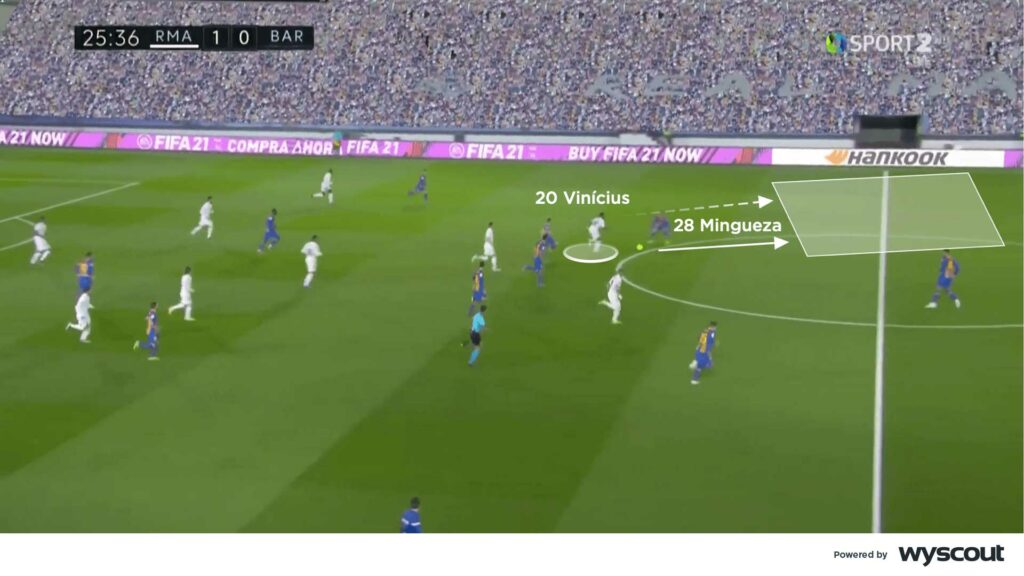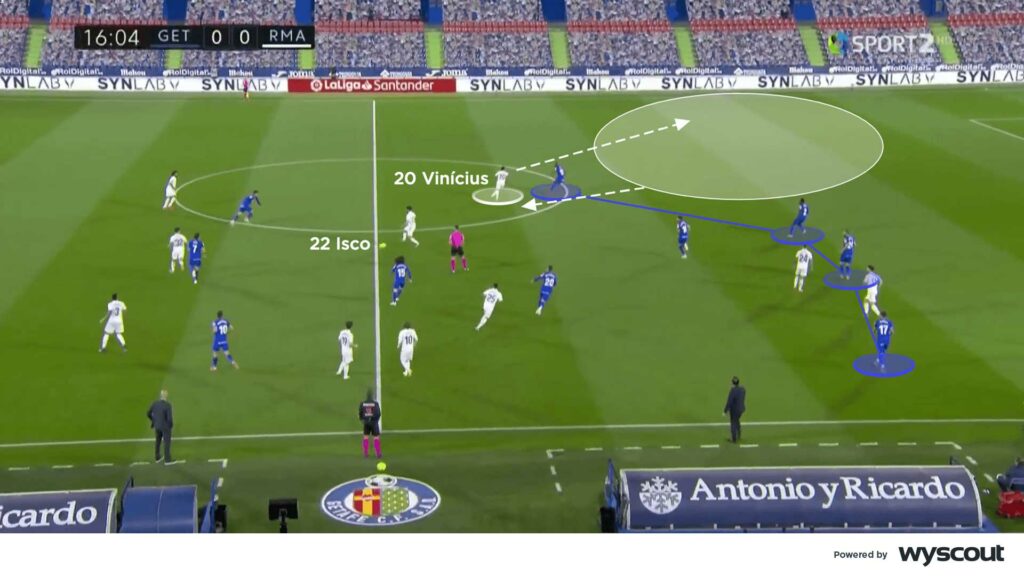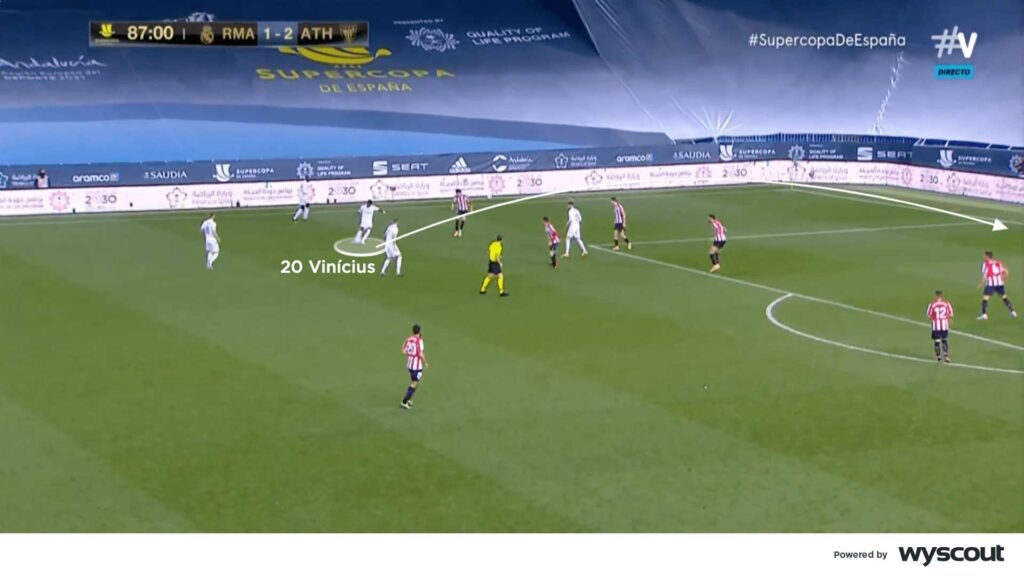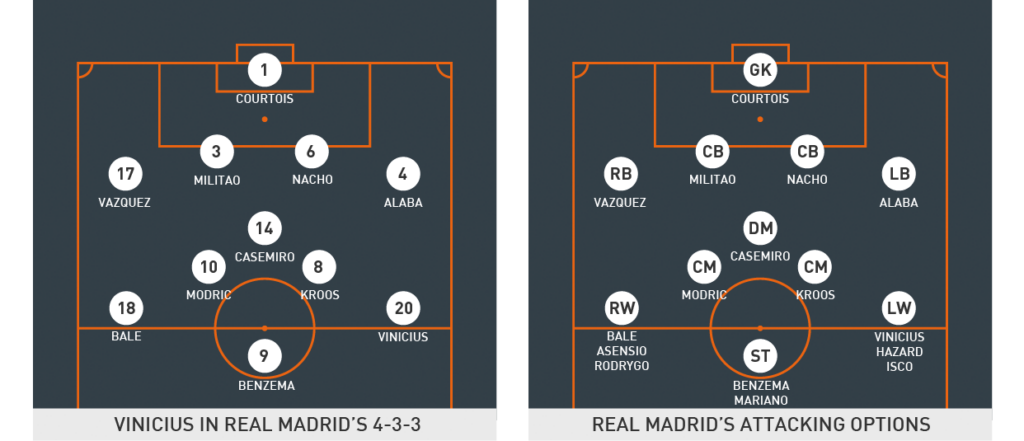
Vinicius Jose Paixao de Oliveira Junior
Real Madrid, 2018–
Profile
So convinced were Real Madrid of the talent Vinícius José Paixão de Oliveira Júnior possessed at the age of 17 that they signed an agreement to bring him to Madrid in July 2018 – the day he turned 18 and was therefore permitted to leave his native Brazil. Comparisons were immediately made with Neymar, who moved to Barcelona at the age of 21, but while Neymar moved to join one of the game’s greats in Lionel Messi, Real signed Vinícius in the same summer that Cristiano Ronaldo left for Juventus, and therefore as a potential long-term replacement.
A hugely talented and highly regarded left-sided forward, Vinícius had a €30m buyout clause written into his first professional deal with Flamengo and, after making his debut, that buyout clause was increased to €45m. Real, wary of missing out on another Neymar, paid up to bring him to the Bernabéu. Following an understandably slow start, given his age when he joined one of the biggest clubs in the world, Vinícius has grown in importance, first under Zinedine Zidane and since then Carlo Ancelotti. “He has quality," Ancelotti said. "He is very quick. He has improved in the final third. He is going to be an important player for us.”
Tactical analysis
Vinícius oozes confidence, and perhaps unsurprisingly given his Brazilian roots and favoured position as a right-footed, left-sided attacker, flair, flamboyance and dribbling ability are key components to his game. He is at his most threatening after having received a pass on the left against an isolated right-back. He tends to try to move infield and on to his favoured right foot, because when goes on the outside on his left he is far less effective.
He beats defenders regularly, doing so more often than not by pushing the ball past his opponent and quickly accelerating in the direction that he has moved the ball rather than through his manipulation of the ball and quick feet, like Neymar. He can do so to either side effectively and will be smart in how he pushes the ball, often moving it to one side of an opponent and then running around the other (below), and sometimes even lifting it over a defender before attempting to retain possession on the other side of them. Such is his confidence that he will also regularly try to nudge the ball through an opponent’s legs. He fails more often than not, but there is no sign that he will not continue to try.

His impressive acceleration means that opponents cannot commit to closing Vinícius down too tightly if he receives the ball while wide. If he has the opportunity, he will gladly nudge the ball away from the player closing him down, into the space they have vacated, and sprint after the ball. Instead, defenders tend to take a more conservative approach and stand off of him if he is facing towards goal, leaving open the possibility that he will be able to build some momentum as he runs towards the static defender, and may even be more difficult to stop. It is no coincidence that Vinícius wins so many free-kicks after being pulled back by a helpless defender.
His movement is extremely clever and a crucial part of what makes him so effective. He shows great awareness both of where space is and how to use it – he often uses quick in-to-out movements to draw an opponent towards the ball before spinning out into the space he has created (below). He isn’t a natural goalscorer, though, and given how frequently he loses his closest marker – usually a player in the last line of defence – with a sharp movement, he does not score enough. Often his decision-making when one-on-one with a goalkeeper lets him down.

His short passing and link play is not particularly strong, but he does show glimpses of ablity when combining in intricate areas around the edge of the area. If a pass is misplaced, Vinícius is quick to react and counter-press – some of his goals in Real colours have come as a result of a turnover high up the pitch.
Role at Real Madrid
Vinícius played almost exclusively on the left of Zidane's 4-3-3, though there were also occasions when he was paired in a front two with Karim Benzema. His role remained consistent whatever their nominal formation, though – Benzema stayed central, and Vinícius was keen to threaten the space in behind their opposing right-back. Real's right-sided attacker – then usually Marco Asensio or Lucas Vázquez – tended to play a different role to Vinícius in playing more of their football in front of or on the outside of their opposing full-back. Vinícius, on the other hand, gave his opponent a different problem.

His priority was getting goal side of the full-back, and he was constantly on the move and looking to try and get into that position. Given that, opponents tend to be wary of moving too far out of their position alongside the centre-back, meaning that Vinícius is often able to find space in front of his opponent by moving towards play. From that position, he then tried to isolate his opponent and dribble at them.
To ensure that he remained a threat on the opposition’s goal, Vinícius was not required to provide the width on Real's left. He tended to drift into central areas whenever he could, and would often use the run around the outside of Real's left-back to create himself space to cut on to his right foot and cross (above).
He tends to float crosses rather than put curl on them after cutting back on to his right foot, but when he gets them right they can still be extremely dangerous. He often manages to angle his crosses towards the far corner of the goal, meaning the goalkeeper will have to intervene if no one gets a touch on the ball, and that the goalkeeper’s weight will shift towards that side as the ball travels – any deft touch by a teammate attacking the ball can therefore wrongfoot the goalkeeper. Assists from Vinícius have been too rare, but he is still refining certain skills and that is one area in which he continues to improve.
Competition from Eden Hazard, an established left-sided forward who joined Real for a fee of £130m a year after Vinícius, might have threatened the young Brazilian’s development. However, the reality has been far different – Vinícius became integral when Hazard’s form nosedived after a terrible run of injuries. While Hazard’s career appeared to only be heading in one direction, Vinícius’ was very much on an upwards trajectory.



